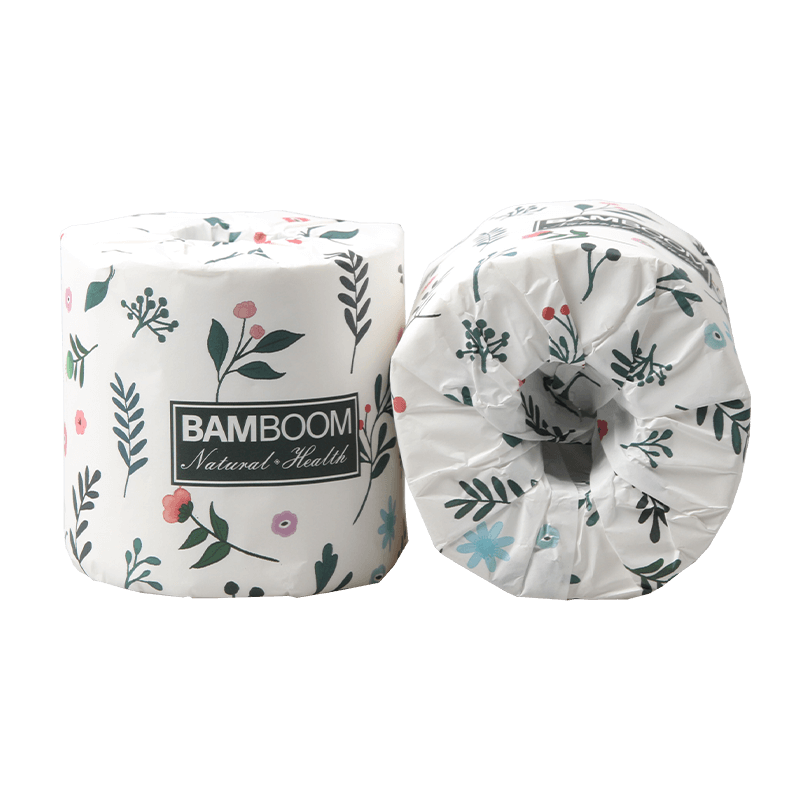Bamboo vs. Traditional Toilet Paper: Softness and Strength Comparisons
In recent years, bamboo toilet paper have come to prominence as an eco-friendly alternative to traditional toilet paper that is made of softwood or hardwood trees. Consumers are now evaluating both types of toilet paper, not just from a sustainability standpoint, but in terms of comfort and functionality, particularly, their softness and strength. Knowing the ways that bamboo and traditional toilet paper are compared in terms of their softness and strength aids consumers in making more informed choices.
Understanding the Materials of Bamboo and Traditional Toilet Paper
Bamboo and traditional toilet paper are made from different raw materials that greatly determine the softness, strength and long-term sustainability. Knowing these foundational materials offers deeper insight into how each type performs.
The Composition of Traditional Toilet Paper
Traditional toilet paper is usually made of wood pulp that is derived from softwood or hardwood trees. Hardwood fibers like the ones from maple or oak are smaller and provide a soft texture. Softwood fibers, such as those made from spruce or pine are more long and provide durability and strength. Many companies use a mixture of both in order to create the right balance between strength and comfort.
This pulp gets processed with chemical and mechanical processes including bleaching to create a vibrant white color and the application of softening agents to improve the texture. These processes enhance the structure and surface of the paper and result in the soft, cushiony feeling that consumers are familiar with when they buy high-quality toilet paper. However, the manufacturing of pure pulp toilet paper can have an environmental impact that is significant that can be a result of the destruction of forests, the use of water and the disposal of chemical waste.
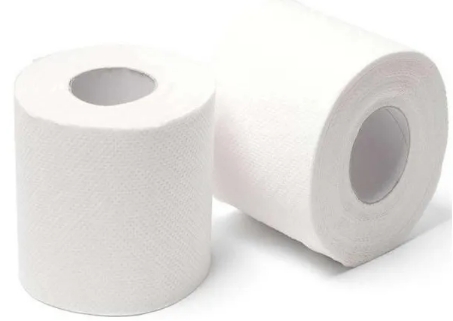
The Composition of Bamboo Toilet Paper
Bamboo toilet paper is made from bamboo grass, a renewable resource that can expand many feet in two days, with no need for fertilizers or pesticides. Bamboo stalks have long, sturdy fibers that lend themselves to a stronger structure for paper. The material is then processed into pulp using eco-friendly techniques, typically requiring less chemicals than conventional wood pulp.
Because bamboo fibers are more long and more robust, the toilet paper is likely to have an innately strong and durable quality. Despite the initial belief new production methods have allowed bamboo-based toilet papers to soften and smooth without compromising its toughness. In addition, bamboo’s hypoallergenic as well as antibacterial characteristics make it an ideal choice for people who have sensitive skin.
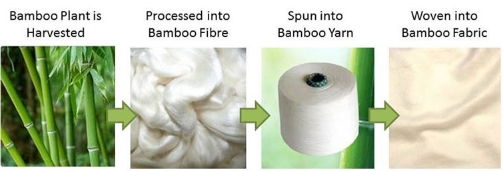
Comparing Fiber Properties and Environmental Impact
The primary difference in material characteristics lies in its fiber length and the way it is processed. While hardwoods provide softness, and softwoods offer strength, bamboo provides a blend of both thanks to its lengthy fibers. As a raw material bamboo is not just strong and adaptable, but it is also more eco-friendly than traditional wood sources, as bamboo is able to regenerate quickly and needs less water and less land.
From an environmental standpoint, in terms of environmental impact, bamboo stands out. Bamboo cultivation has an ecological footprint that is smaller and also is able to absorb carbon dioxide more efficiently than a variety of species of trees. Toilet paper of the traditional variety, particularly made of virgin pulp is a major contributor to deforestation as well as carbon emissions. This makes bamboo a better choice for those who are concerned about the environment.
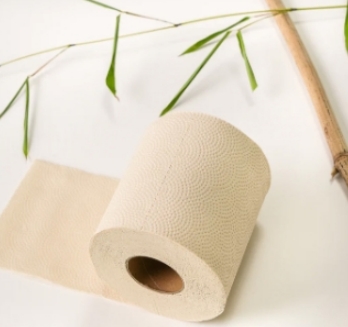
Softness Comparison Between Bamboo and Traditional Toilet Paper
Softness is a key aspect in how customers judge the comfort in toilet tissue. It plays a crucial role in daily hygiene routines and can significantly affect user satisfaction, especially for people with sensitive skin.
How Traditional Toilet Paper Achieves Softness
The traditional toilet paper is composed of softwood and hardwood tree fibers. The fibers of hardwood are smaller and create a finer smoother, more even surface, which improves the softness. To enhance the texture, toilet paper is often subjected to chemical treatments such as the bleaching process, softening agent and occasionally, lotions. These treatments result in an extremely soft and velvety texture that’s been long thought of as the best in terms of convenience.
The top brands of toilet paper typically make use of multiple plies and utilize techniques such as embossing, to trap oxygen between their layers. This gives a cushion-like feel that a lot of people find appealing. It is the result of something that feels extremely smooth to the touch. Sometimes, it even feels extremely luxurious.
The Natural Softness of Bamboo Toilet Paper
Bamboo toilet paper is made of the bamboo grass’s pulp which has stronger, longer-lasting fibers than conventional wood sources. The longer fibers provide the paper with strength, but the first bamboo products did not have the fineness needed for a smooth surface. This is why some people initially viewed the bamboo paper to be hard or brittle.
However, advancements in the process of making bamboo fibers have greatly enhanced how soft these materials are. Nowadays, a lot of bamboo toilet paper products are milled, smoothed and pressed to give an appearance that is similar to conventional options. Although it might feel slightly more firm than the ultra-soft luxury brands the latest bamboo toilet papers can provide a smooth, comfortable feel that is a big hit with most people.
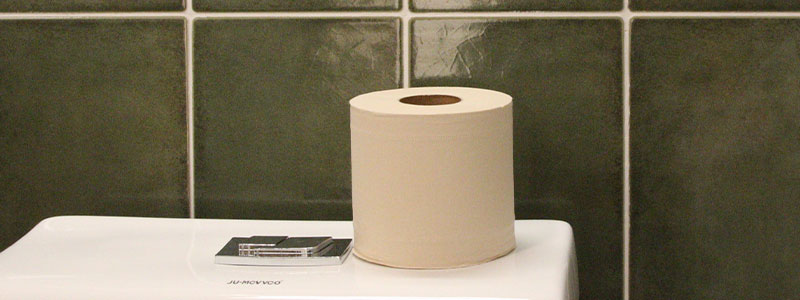
Skin Sensitivity and Softness
Another important aspect of softness is the way that the paper feels in actual use, especially on the sensitive skin. Traditional toilet paper even though they are soft, usually contain synthetic additives as well as bleaching agents which can cause irritation to some people. Toilet paper made of bamboo is typically free of fragrance, unbleached, and hypoallergenic. While it won’t always be as soft as premium paper, its soft natural texture is an important benefit for those who suffer from skin sensitivities.
This chart summarizes the major features and differences between bamboo and traditional toilet paper, assisting consumers understand their choices.
| Criteria | Bamboo Toilet Paper | Traditional Toilet Paper |
| Fiber Texture | Naturally more firm, slightly rough but getting better as you process | Smooth, soft, frequently chemically treated to increase softness |
| Surface Feel | More and more smooth because of advanced manufacturing | Soft, velvety, frequently cushioned by embossing and multi-ply. |
| Chemical Additives | Usually free of scents, bleaching, and softeners | Most often, they are bleached and treated using lotions and softening agents |
| Hypoallergenic Properties | The majority of hypoallergenic skin types are gentle and gentle for skin that is sensitive | Can cause irritation because of the chemicals contained in some brands. |
| Softness Level | Soft to moderate, but improving through the use of newer processing techniques. | Usually extremely soft, especially luxury and premium brands |
| Moisture Absorption Feel | Keeps the softness and softness, while preventing roughness | Initially very soft, but it could be broken down more quickly when wet |
| User Comfort | The natural and soft feel is popular with eco-conscious buyers. | Very comfortable, favored by those who want a super-soft and comfortable experience |
| Best For | Softness balanced with natural chemical-free composition | The ultimate softness and luxurious feel |
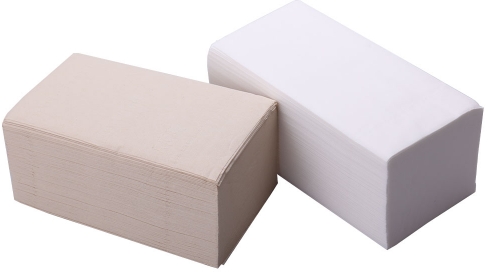
Strength Comparison Between Bamboo and Traditional Toilet Paper
The strength of toilet paper is a crucial aspect to ensure hygienic, reliable usage. Although softness can affect first impressions, the true performance for toilet paper can be usually assessed by how well it holds up during use, particularly when exposed to moisture.
The Role of Fiber Composition in Strength
Toilet paper of the past is typically comprised of softwood and hardwood tree fibers. Softwood fibers are long and sturdy and provide structural strength, while hardwood fibers are tinier and add softness. Despite this mix some traditional toilet paper brands put more focus upon comfort. However, this may reduce the strength. Particularly in single-ply or ultra-soft types, traditional toilet paper can be prone to tears and breaking down fast particularly when the paper is damp.
The bamboo toilet paper, however is made of the thick, strong bamboo plant’s fibers. They are naturally stronger which gives bamboo paper a higher tensile strength. The process of making bamboo toilet paper usually requires less harsh chemicals which preserves the quality of fibers. This makes for a more durable and more durable product that is less likely to break to pieces during usage.
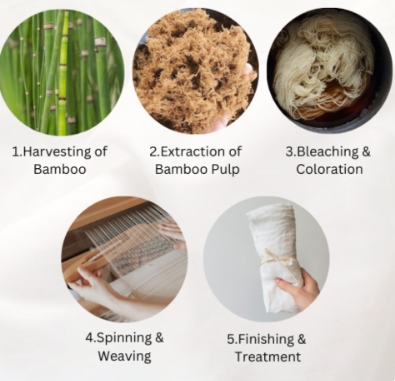
Performance in Wet Conditions
It is crucial to have strength when the toilet paper is exposed to water. The traditional toilet paper, although sufficient when dry, usually gets weaker when wet. This could lead to frustration and the need for more sheets to achieve efficient cleaning.
Bamboo toilet paper performs better under wet conditions. Because of its lengthy and tightly bonded fibers, it keeps its structure and resists degrading. That makes it an reliable choice for those looking for the best of both efficiency and strength.
Efficiency and Durability in Daily Use
A thicker toilet paper leads into fewer sheets required for usage. The bamboo toilet paper because of its strength, can allow users to use fewer sheets but still maintain the same level of hygiene. This can lead to lower waste and more durable rolls.
Traditional toilet paper, though still useful, might need more sheets, particularly softer ones that compromise the strength. This can result in increased consumption of paper and frequent replenishing.
This chart helps illustrate how bamboo toilet paper typically provides superior strength both in dry and wet environments, making it an extremely durable and effective alternative to traditional options.
| Criteria | Bamboo Toilet Paper | Traditional Toilet Paper |
| Raw Material Fiber Type | Bamboo fibers are long, strong and durable. | Blend made of hardwood (short fibers) and softwood (long fibers) |
| Dry Strength | High – maintains structure during use | Moderate – varies based on the ply and the brand |
| Wet Strength | Excellent – resists tear and splintering when wet | Weaker is a type of plastic that often will break down more quickly when exposed to water |
| Chemical Processing Impact | The fiber is kept in its pristine state. | Often bleached/softened – may weaken fiber structure |
| Tensile Durability | The material is strong and tear-resistant | The softer varieties can tear easily |
| Sheets Needed Per Use | Less – because of greater strength | More – due to the possibility of tear or disintegration |
| Long-Term Use Efficiency | High lasts longer and has less waste | Softer varieties that are lower in weight could cause excessive use |
| Best For | Resilience, strength and eco-friendly usage | Use that is centered on softness, particularly in premium multi-ply items |
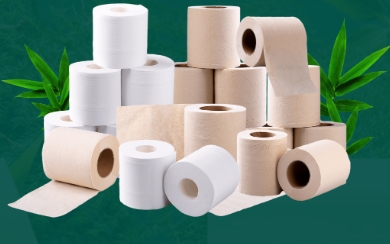
Balancing Between Softness and Strength for Choosing the Right Type of Toilet Paper
The most efficient toilet paper products strike an equilibrium between strength and softness. The traditional toilet paper tends towards softness, but sometimes sacrifices strength in order to be comfortable. Bamboo tissue paper is designed to keep durability while creating softer textures. Through improved manufacturing processes certain bamboo brands are now able to provide a user experience that is durable and soft.
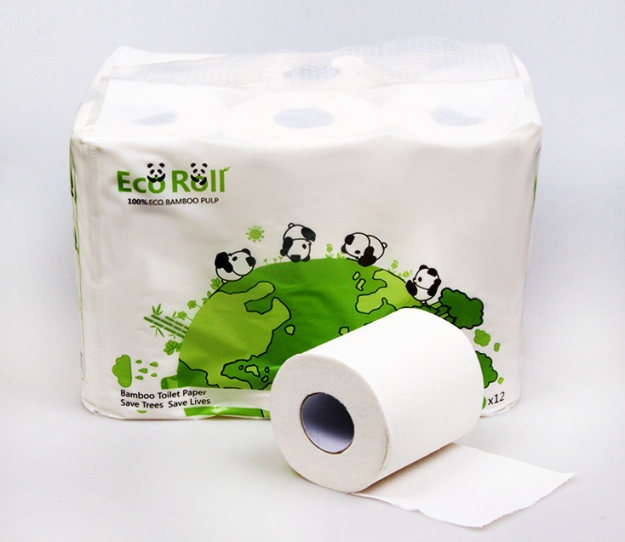
Summary: Which One to Choose
The choice between bamboo and traditional toilet paper will depend on your personal preferences, priorities and values.
- If a soft, ultra-soft texture is a must, traditional toilet paper could remain ahead.
- For those looking for a strong, reliable option that has moderate softness and a lower carbon footprint, bamboo toilet paper can be an outstanding alternative.
Final Thoughts
The growing demand for environmentally friendly and comfortable alternatives is forcing both types to develop. Bamboo toilet papers continue to improve in softness and retains its strength advantages and it is gradually becoming a preferred choice in the eco-conscious consumer market.

